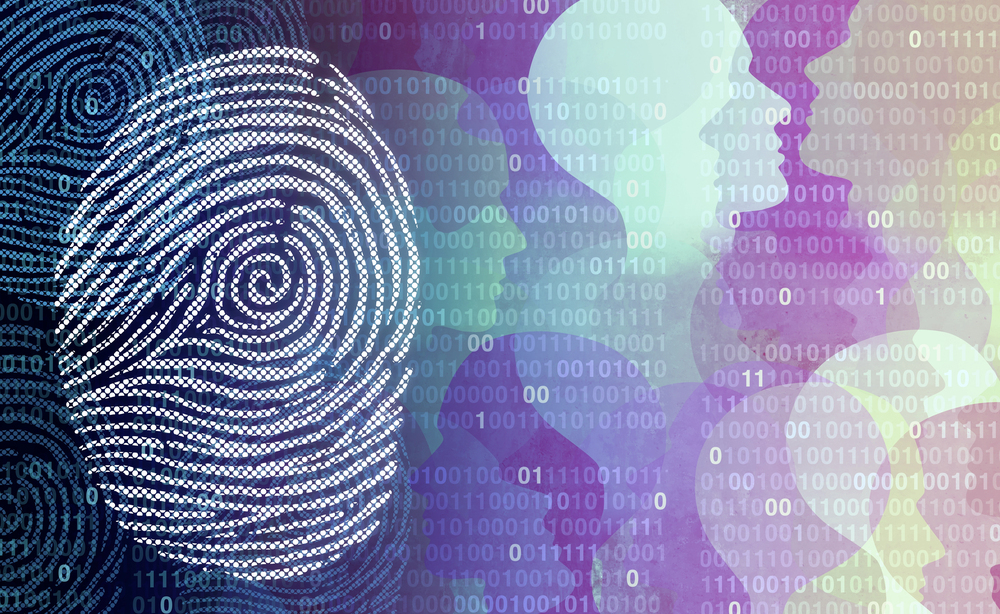In the digital age of healthcare, protecting patient privacy is paramount.[1] As healthcare organizations strive to leverage data for research, analysis, and innovation, they must also uphold the highest standards of confidentiality and security. Enter the art and science of de-identifying health information – a critical process that safeguards patient privacy while unlocking the potential of health data for transformative purposes.[2] Let’s explore the intricate dance between privacy protection and data utility, and the role of de-identification in striking this delicate balance.
Preserving Privacy in a Digital World
In an era of electronic health records and interconnected systems, patient privacy faces unprecedented challenges.[3] The proliferation of sensitive health information across multiple platforms and stakeholders raises concerns about unauthorized access, data breaches, and identity theft. De-identifying health information offers a solution – a methodical approach to stripping away identifiers while preserving the integrity and utility of the data.[4]
The Science of De-identification
At its core, de-identification[5] is a scientific endeavor, grounded in principles of data anonymization, risk assessment, and statistical analysis.[6] It involves identifying and removing or modifying specific identifiers from health information, such as names, addresses, and Social Security numbers, to prevent the data from being linked back to individual patients. Through rigorous methodologies and advanced techniques, healthcare organizations can reduce the risk of re-identification to negligible levels, ensuring compliance with regulatory requirements and ethical standards.
The Art of Balancing Utility and Privacy
While the science of de-identification provides a framework for privacy protection[7], the art lies in striking the delicate balance between data utility and privacy preservation. Healthcare data holds immense potential for research, population health management, and clinical decision-making. Yet, to unlock this potential, organizations must ensure that de-identified data remains sufficiently useful and informative for secondary purposes.[8] Achieving this balance requires careful consideration of data granularity, context, and intended use, as well as ongoing evaluation and refinement of de-identification strategies.
Empowering Innovation Through Responsible Data Use
Far from being a barrier to progress, de-identification serves as a catalyst for innovation and discovery in healthcare. By safeguarding patient privacy and promoting responsible data use, de-identified health information enables researchers, policymakers, and healthcare professionals to conduct meaningful analyses, identify trends and patterns, and develop evidence-based interventions to improve patient care and outcomes.[9] Moreover, it fosters trust and transparency among patients, fostering a culture of data stewardship and collaboration.
Navigating Challenges and Emerging Trends
As healthcare data continues to evolve in volume, variety, and velocity, so too do the challenges and opportunities in de-identification. From addressing emerging technologies such as artificial intelligence and machine learning to navigating complex legal and regulatory landscapes, healthcare organizations must remain vigilant and adaptable in their approach to privacy protection. Moreover, they must engage in ongoing dialogue with stakeholders, including patients, advocates, and policymakers, to ensure that de-identification practices align with evolving ethical norms and societal expectations.[10]
Conclusion: Upholding Privacy, Unleashing Potential
In conclusion, de-identifying health information represents a cornerstone of privacy protection in the digital age of healthcare. By combining the science of data anonymization with the art of balancing utility and privacy, organizations can harness the power of health data for transformative purposes while respecting the rights and dignity of individual patients. As we continue to navigate the complexities of healthcare data privacy and security, let us remain steadfast in our commitment to upholding patient privacy, unleashing the full potential of health information, and advancing the collective well-being of society.
[1] Bélanger, France, and Robert E. Crossler. “Privacy in the digital age: a review of information privacy research in information systems.” MIS quarterly (2011): 1017-1041.
[2] Nyst, Carly, and Tomaso Falchetta. “The right to privacy in the digital age.” Journal of Human Rights Practice 9.1 (2017): 104-118.
[3] DeVries, Will Thomas. “Protecting privacy in the digital age.” Berkeley Tech. LJ 18 (2003): 283.
[4] Pyrrho, Monique, Leonardo Cambraia, and Viviane Ferreira de Vasconcelos. “Privacy and health practices in the digital age.” The American Journal of Bioethics 22.7 (2022): 50-59.
[5] Fernández-Alemán, José Luis, et al. “Security and privacy in electronic health records: A systematic literature review.” Journal of biomedical informatics 46.3 (2013): 541-562.
[6] Cohen, David. “HIPAA Reform or a Patchwork Scheme: A Look at Preemption, Scope, and the Inclusion of a Private Right of Action in a New Federal Data Privacy Law.” (2020).
[7] Fernández-Alemán, José Luis, et al. “Security and privacy in electronic health records: A systematic literature review.” Journal of biomedical informatics 46.3 (2013): 541-562.
[8] Jin, Hao, et al. “A review of secure and privacy-preserving medical data sharing.” IEEE access 7 (2019): 61656-61669.
[9] Caine, Kelly, and Rima Hanania. “Patients want granular privacy control over health information in electronic medical records.” Journal of the American Medical Informatics Association 20.1 (2013): 7-15.
[10] Price, W. Nicholson, and I. Glenn Cohen. “Privacy in the age of medical big data.” Nature medicine 25.1 (2019): 37-43.

